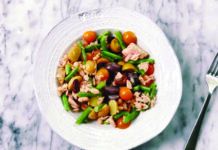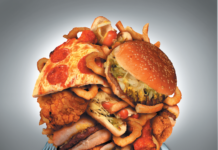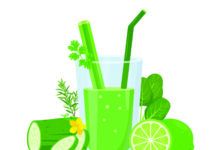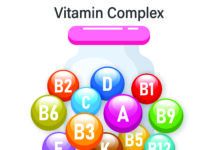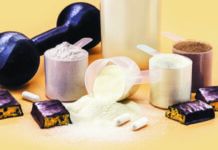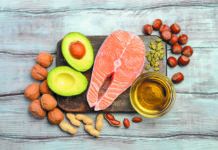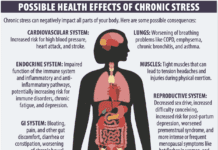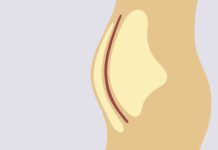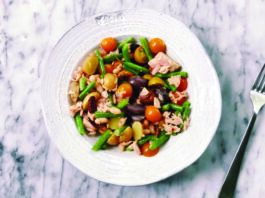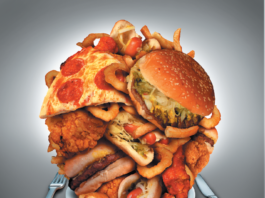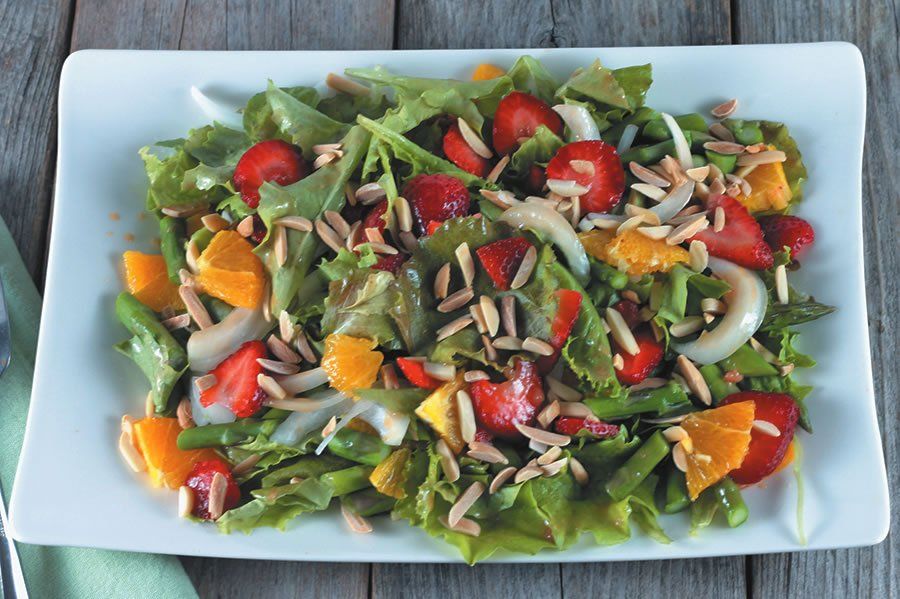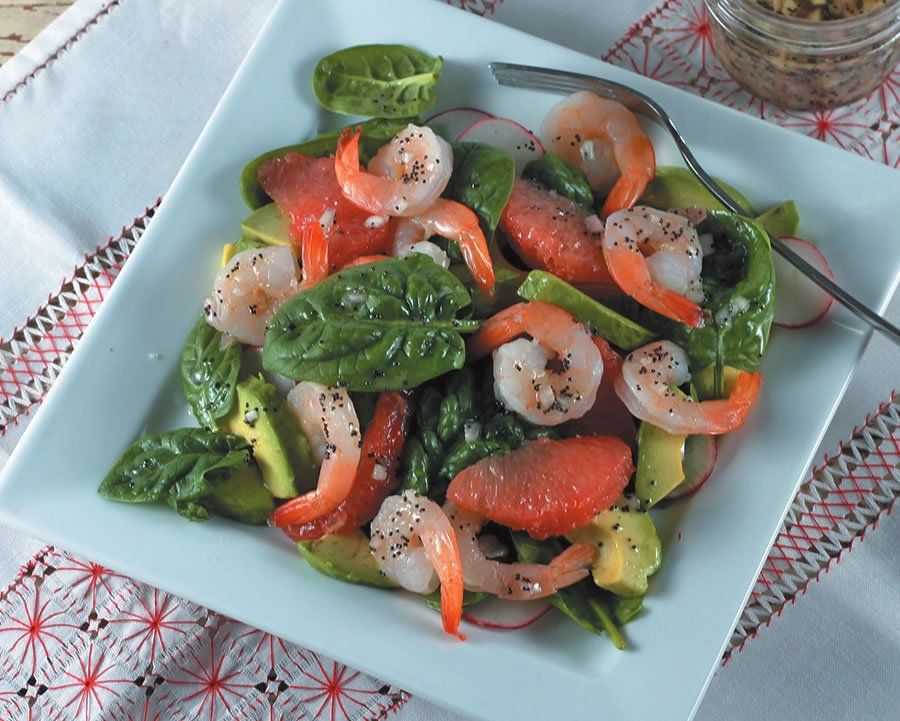New Findings on Genes and Fish Consumption
US Junk Food Tax Is Feasible
Avocado, Fennel, Carrot and Radish Salad
Salad: The Nutritional Powerhouse
Spring Vegetable Salad
Spinach, Grapefruit & Avocado Salad
Brain Health
Timing of Meals
Research hasnt clearly shown that eating three meals a day is any better or worse than five or six smaller meals, but we do know you should avoid eating less than three times a day, as that could make it tougher to control your appetite. How often and at what times you should eat, therefore, come down to personal preference and your work or activity schedule. Just remember that the more often you eat, the less you should eat at a time.
Sugar is Sugar
Page 40
Sugar is Sugar
In addition to those white crystals in your sugar bowl, added sugars come in manyforms, including corn syrup, honey, molasses, maple syrup, brown sugar, agave syrup, fruit juice concentrates, and evaporated cane juice. Most forms of sugars are chemically similar, so switching from one kind of sugar to another wont make a huge difference in terms of your health. The key is to cut back on sweet treats in general. Its estimated that 75 percent of packaged foods sold in the U.S. contain added sugars. If you see a sweetener listed as one of the first three ingredients in a packaged food, it likely contains a significant amount of added sugar.
Nearly half of added sugars that people consume are in the form of sugar sweetened beverages, especially soft drinks, but also fruit drinks, coffee, tea, and sports and energy drinks. Other major sources of added sugars include sweets andsnacks such as candy, ice cream, cookies, granola bars, flavored yogurts, cake, and doughnuts. People also get a significant amount of added sugars from less obvious sources, such as pasta sauces, salad dressings, ketchup, barbecue sauces, breakfastcereals, breads, baked beans, and many other packaged foods.
Spotting Added Sugars in Packaged Foods
The American Heart Association recommends woman and children limit intake of added sugars to 6 teaspoons or less a day, and men aim for less than9 teaspoons. But food labels list sugar in grams! To figure out roughly how many teaspoons of sugar are in a packaged food, divide the number of grams by 4.
Added sugars go by many names on package labels, but the body metabolizes them all in essentially the same way. Check ingredient lists for:
Sugar (white granulated sugar, brown sugar, beet sugar, raw sugar, sugar cane juice)
Other common names for sugars: (cane juice, caramel, corn sweetener, fruit juice/fruit juice concentrate, honey, molasses
Nectar (agave nectar, peach nectar, fruit nectar)
Syrup (corn syrup, high fructose corn syrup, carob syrup, maple syrup, malt syrup)
Words ending in -ose (including sucrose, dextrose, glucose, fructose, maltose, lactose, galactose, saccharose, or mannose)
Foreign or unusual names for sugars (demerara, muscovado, panela/raspadora, panocha/penuche, sweet sorghum, treacle)
To learn more about healthy eating habits that can improve your life, purchase a copy of Change Your Diet, Change Your Life from Tufts Health & Nutrition Letter.


